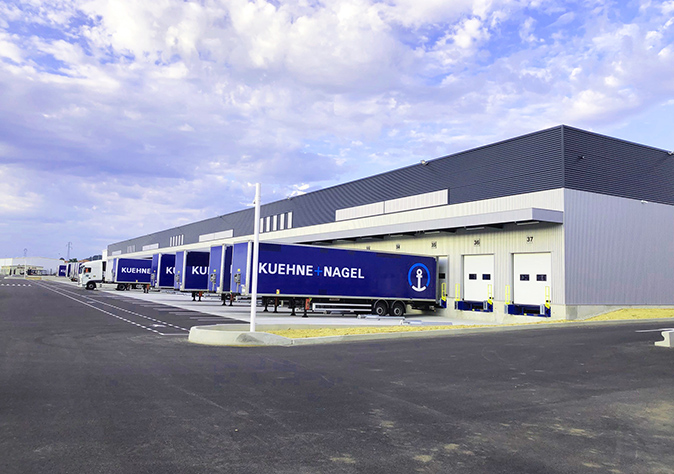According to the International Energy Agency, logistics accounts for 8% of global emissions. At the current pace of decarbonisation, the transport industry will fall short of meeting the targets set by the Paris Agreement. We must use innovative tools to prevent this from happening. One such tool is Book and Claim.
Book and Claim is useful to make low-emission transport services accessible to businesses. And its value goes beyond that: it can also play a pivotal role in scaling low-emission logistics solutions.
Rewatch our webinar to learn more about how you can rely on Book and Claim to reduce your own emissions whilst contributing to accelerating the transition to a more sustainable transport sector.
General Questions

 Does Kuehne+Nagel include the emissions reductions from Book and Claim for clients in their Scope 1 calculation?
Does Kuehne+Nagel include the emissions reductions from Book and Claim for clients in their Scope 1 calculation?
It depends on the origin of the emissions reductions recorded in the Book and Claim registry. Kuehne+Nagel includes GHG reductions in their Scope 3 calculations when the low-emission logistics services generating those reductions are provided by third-party carriers. Conversely, reductions are included in their Scope 1 calculations when the low-emission transport services are conducted using Kuehne+Nagel's own assets, like its owned electric trucks.

 How will Kuehne+Nagel keep meeting the growing demand for Book and Claim?
How will Kuehne+Nagel keep meeting the growing demand for Book and Claim?
Kuehne+Nagel is dedicated to meeting the growing demand for Book and Claim in the short and medium term. This is achieved through collaboration with various stakeholders and the continuous development of low-emission logistics solutions, including increasing the availability of sustainable fuels and electric vehicles. For example, Kuehne+Nagel will soon expand their Book and Claim solution for Battery-Electric Vehicles (BEVs) to include carriers, supporting and incentivising them to transition to BEVs whilst helping to meet the demand for Book and Claim.
However, Kuehne+Nagel views Book and Claim as a bridging solution towards an ideal scenario where dedicated low-emission logistics solutions (for an explanation as to what we mean by dedicated solutions, please refer to our webinar) are widespread in the industry. Consequently, the ultimate goal is for the demand for Book and Claim to diminish as these dedicated solutions become more prevalent.

 How much does Book and Claim cost?
How much does Book and Claim cost?
Our aim is to always secure the most competitive rates through adopting proactive procurement practices. That said, there is often a premium associated with low-emission logistics solutions (e.g. low-emission fuels or BEVs). This cost varies depending on the use case and location. There are other cost that Kuehne+Nagel covers, such as:
- Administrative costs
- System costs
- Assurance costs

 Will the mark-up that I pay for Book and Claim on top of my transport services be entirely re-invested in low-emission logistics solutions?
Will the mark-up that I pay for Book and Claim on top of my transport services be entirely re-invested in low-emission logistics solutions?
Yes, the mark-up paid for Book and Claim is reinvested in low-emission logistics solutions, such as sustainable fuels and electric vehicles, to further reduce the carbon footprint of logistics operations and promote R&D in low-emission logistics solutions through ‘supply and demand’ mechanisms. The goal of Book and Claim is to expand the availability of such solutions in the network, to promote decarbonisation.

 Is Book and Claim compatible with an SBTi commitment?
Is Book and Claim compatible with an SBTi commitment?
Book and Claim allows companies to claim GHG reductions from sustainable fuels or electric vehicles, which can be used to meet their Science Based Targets initiative (SBTi) goals. However, SBTi is still developing its framework that will provide guidance on how to account for emissions reductions from Book and Claim certificates. This framework acknowledges the importance of Book and Claim as a mechanism to reduce emissions when 'persistent barriers prevent mitigation at the source'. A conclusion of this framework is expected beyond 2026. In order to participate to current on-going consultation, please engage via: https://sciencebasedtargets.org/news/sbti-launches-draft-corporate-net-zero-standard-v2-for-consultation

 Is there a risk of "greenwashing" with the Book and Claim system?
Is there a risk of "greenwashing" with the Book and Claim system?
It is important for companies to ensure the robustness of the system behind their Book and Claim solution, and transparently communicate methodologies and results with stakeholders, to prevent greenwashing.
At Kuehne+Nagel, we assure a robust Book and Claim system by:
- Applying strict certification and third-party verification to ensure transparency and credibility. Our Book and Claim method is audited annually and validated by independent parties.
- We provide ongoing support to help clients communicate their positive impact effectively to stakeholders.
- We actively participate in industry initiatives to advance industry standards on Book and Claim e.g., SBTi's calls for consultation.

 Is there a difference between "Book and Claim" and "mass balance"?
Is there a difference between "Book and Claim" and "mass balance"?
Yes, there is a difference. Book and Claim separates the environmental attributes from the physical product, allowing for flexibility in claiming GHG reductions. Mass Balance, on the other hand, tracks the physical flow of materials and ensures that the environmental attributes are proportionally allocated throughout the supply chain.
Traceability and Verification

 Is Kuehne+Nagel working with third-party organisations that audit and verify the reductions in transport emissions within the Book and Claim framework?
Is Kuehne+Nagel working with third-party organisations that audit and verify the reductions in transport emissions within the Book and Claim framework?
Yes, third-party organisations audit and verify the reductions in transport emissions and the emission calculation methods within the Book and Claim framework. These audits ensure the credibility and transparency of the system.
Kuehne+Nagel’s Book and Claim solution has been verified by an external party Müller-BBM Cert Gmbh. This is part of the Smart Freight Centre’s Conformity Assessment Scheme, with the details described in the following technical appendix:
- ISO 14064-1:2018, Greenhouse gases – Part 1: Specification with guidance at the organization level for quantification and reporting of greenhouse gas emissions and removals.
- ISO 14083:2023, Greenhouse gases – Quantification and reporting of GHG emissions arising from transport chain operations.
- Performance level criteria set out in the Smart Freight Centre Emissions Reporter Manual (ASU-PRO-001-2).
- SFC-SPEC-001 MBM Specification - Market Based Measures Specification for Logistics Emissions Reporting
For more information: https://smart-freight-centre-media.s3.amazonaws.com/documents/certifica

 When using Book and Claim for electric trucks, how do we ensure that the truck is being charged with green electricity? Depending on the energy market of the country, electricity is not always free of CO2e emissions.
When using Book and Claim for electric trucks, how do we ensure that the truck is being charged with green electricity? Depending on the energy market of the country, electricity is not always free of CO2e emissions.
To ensure electric trucks are charged with green electricity, Kuehne+Nagel operates in low-emission electricity markets (e.g., France). When the electricity market has high emissions, they use renewable energy certificates (RECs) or guarantees of origin (GOs) to match the electricity consumption with renewable energy generation.
Operational Considerations

 Do you see extra limitations on implementing Book and Claim for temperature-controlled shipments, e.g., for pharmaceutical products?
Do you see extra limitations on implementing Book and Claim for temperature-controlled shipments, e.g., for pharmaceutical products?
We do not. Temperature-controlled transportation is using liquid fossil fuel, which we can replace by low-emission solutions.

 Is Book and Claim for road freight also applicable to local distribution, including B2B/B2C e-commerce deliveries?
Is Book and Claim for road freight also applicable to local distribution, including B2B/B2C e-commerce deliveries?
Yes, Book and Claim can be applied to local distribution, including B2B and B2C e-commerce deliveries. This helps to reduce the carbon emissions of last-mile logistics.

 Is Book and Claim available worldwide?
Is Book and Claim available worldwide?
For sea and air freight, it is available worldwide. However, the Book and Claim solution for road logistics is not available worldwide yet because:
- Book and Claim for Road Logistics is region-specific, as each supply needs to be developed locally.
- The availability depends on the maturity of sustainable fuel or electric truck infrastructure in each region.
- At this stage, we are focusing on regions where we can ensure credible supply and robust verification processes.
- Currently it is available in Europe, and in the USA, it will be available as of Q2 2025.
HVO (Hydrotreated Vegetable Oil) Supply and Development

 How do you expect the supply of HVO within Europe to develop? Could it become a limiting factor at some point?
How do you expect the supply of HVO within Europe to develop? Could it become a limiting factor at some point?
The supply of HVO within Europe is expected to grow as demand increases. However, there may be limitations due to feedstock availability and production capacity, as this is a shared source to produce advanced biofuel for the road, air and sea freight sector.

 In terms of HVO pricing, what is the approach that Kuehne+Nagel applies with its customers when it comes to tracking HVO prices transparently?
In terms of HVO pricing, what is the approach that Kuehne+Nagel applies with its customers when it comes to tracking HVO prices transparently?
Kuehne+Nagel ensures transparent pricing for HVO by providing details on where it was supplied, used and booked. We are giving this to clients via the certificate.
Low-emission logistics solutions

 What is the major hurdle for the transport sector to catch up with its emission reduction targets?
What is the major hurdle for the transport sector to catch up with its emission reduction targets?
The major hurdle for the transport sector to meet its emission reduction targets lies in several physical limitations:
- Infrastructure: Key low-emission transportation infrastructure (e.g. fueling infrastructure, charging infrastructure) is still missing in critical parts of the supply chain.
- Cost Barriers: Low-emission solutions, such as BEVs, are often more expensive, making them less competitive in specific use cases.
- Market Availability: Even when overcoming the first two challenges, the availability of low-emission solutions, like electric trucks, is limited by long lead times and difficulties obtaining large quantities.
- Traceability: Tracking and reporting the ecological footprint of energy usage is difficult, especially for SME carriers who lack resources to verify data.
Solutions like Book and Claim can address these limitations by developing infrastructure strategically, enabling cost-effective low-emission solutions, ensuring demand meets supply, and improving traceability through certified reporting.



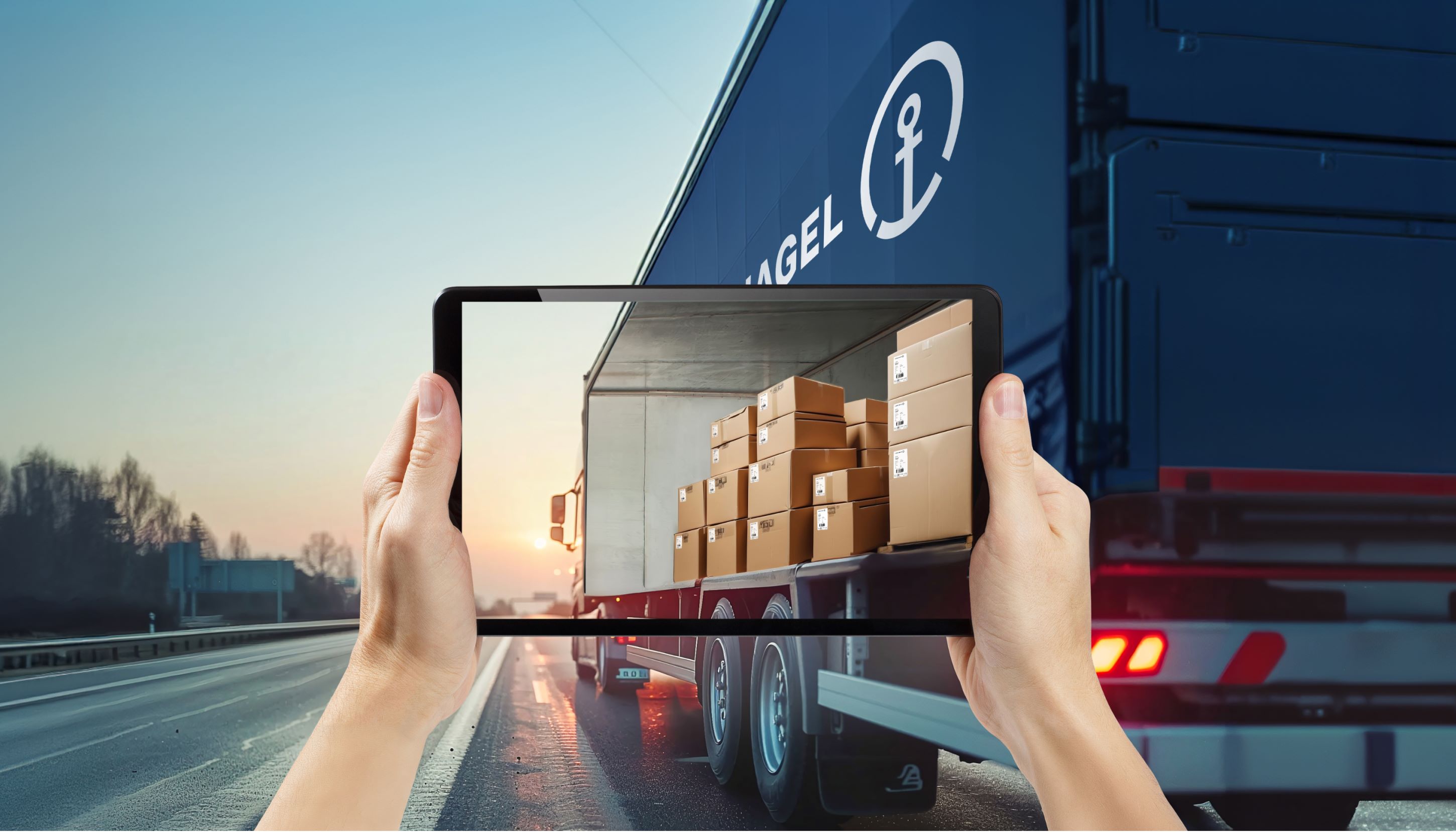
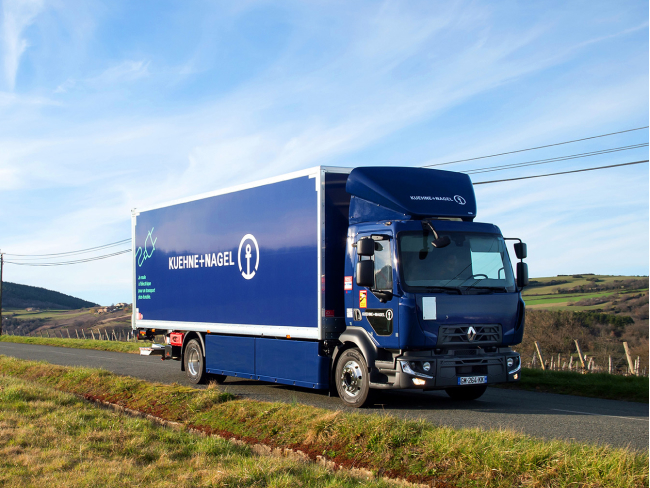
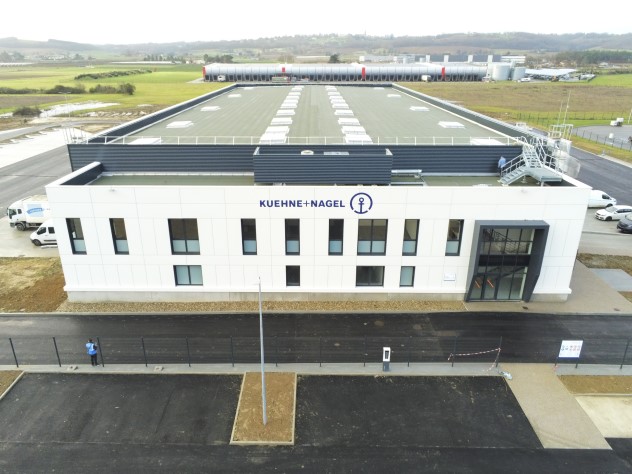


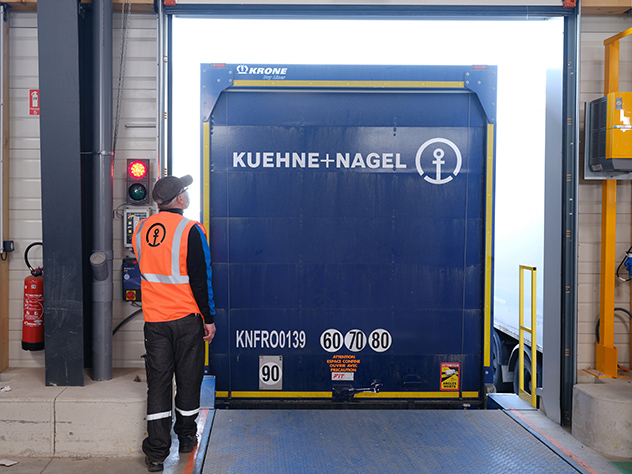
.jpg/164e9bc9-41a7-bbef-0e37-87afc7ee02ad)
